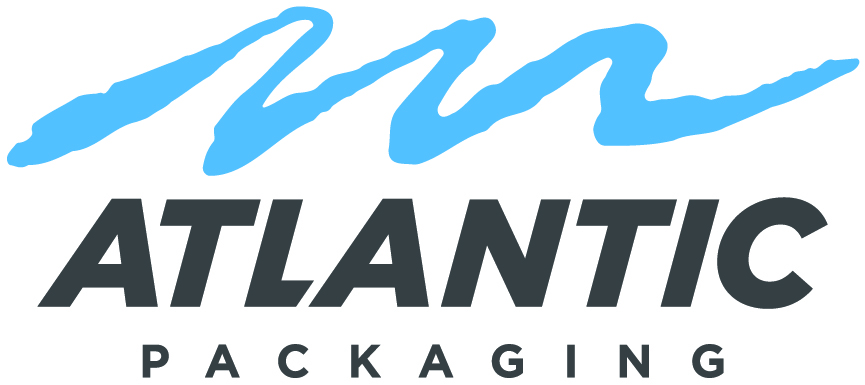When a unit load experiences damage during transit, sometimes the results are dramatic. Product is spilled out all along the truck bed floor and you have a huge mess on your hands.
Often, the results are less dramatic with damage manifesting as a severe lean or even a shift from the center of the pallet resulting in overhang. Sometimes, the product is dented, crushed or otherwise impacted by not being properly protected as a unit load.
Even the cases of less severe damage will cause significant issues for you, effectively setting off a domino effect that infects other areas of your business. These include safety issues, cost and productivity issues, as well as issues with your brand reputation.
SAFETY ISSUES

At a certain point, when a load is leaning and someone is responsible for removing that load, there’s a safety factor. You don’t want to put your employee in a position where they need to handle a load that is right on the brink of tipping over or failing.
And you definitely don’t want to endanger big box store shoppers as they walk the aisles below your leaning or failing load stacked on racks above their heads.
Rather than take on safety issues, it’s easier for the retailer or wholesaler to simply close the truck door and send the load back to the manufacturer.
COST & PRODUCTIVITY ISSUES
A lot of retailers are moving to automated warehousing or automated racking. The margin for error in those facilities is extremely low in terms of load squareness and how well the load will move throughout their system. If there’s too much lean or shifting on a pallet, the retailer may reject the load due to the fact that it won’t move through their system easily and would impact their own productivity.
Any unit loads that get shipped back to the sender have cost implications in terms of trucking and transportation as well as damaged product that can’t be resold and must be replaced. Productivity is affected when previously completed orders have to be reworked.
In some cases around large club store distribution centers, 3rd party facilities are setting up in the general area of these warehouses and are designated to fix damaged loads. If those club stores receive a load that’s failed, instead of rejecting it all the way back to the manufacturing facility, they’ll send it just down the road to this contracted facility to repair, replace, and fix it. There’s a tremendous amount of cost involved with that process.

Beyond the cost involved, there’s also the issue of the product presentation. You now have a 3rd party contractor responsible for presenting your load to your customer without you ever having eyes on it.
ISSUES WITH BRAND REPUTATION

If you have a history of shipping out loads that arrive at the retailer either leaning or otherwise failing, eventually the most minute damages will lead to a reaction by the retailer. It may have started with a few loads falling over completely and now there may be rejections around damaged cases, punctured film, or lean. That sensitivity towards the damage and failures continues to increase until the problem is solved.
This situation in which your brand quality is repeatedly compromised leads to a negative perception of your product, and your brand overall.
CAN THIS BE FIXED?
Up until recently, there was no data-driven, scientific way to approach stretch wrapping and unit load protection outside the academic testing facilities. With Atlantic’s Packaging Solution Center in Charlotte, you now have access to advanced testing, experienced engineers, and a comprehensive approach that will identify the cause of your load damage problems and a verified solution to fix it.
Stop the domino effect.
Fix your safety problems. Fix your cost and productivity problems. And fix your reputation issue by booking a session at the Packaging Solution Center today.

